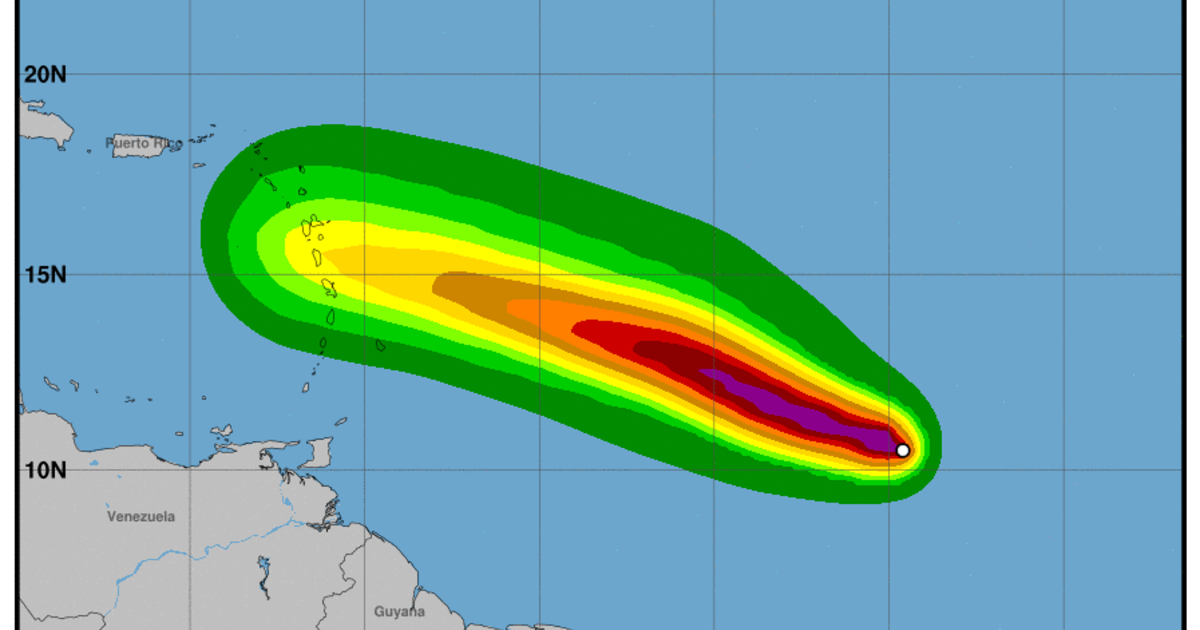Projected Path and Its Components

Beryl projected path – The projected path is a crucial aspect of Beryl’s forecast, as it provides valuable insights into the potential movement and intensity of the storm. Understanding the factors that influence the projected path is essential for effective storm tracking and preparation.
Factors Influencing the Projected Path
- Atmospheric Steering Currents: The prevailing winds at different levels of the atmosphere guide the movement of tropical cyclones. Changes in wind direction and speed can alter the storm’s path.
- Coriolis Effect: The Coriolis effect, due to the Earth’s rotation, deflects moving objects to the right in the Northern Hemisphere and to the left in the Southern Hemisphere. This influences the storm’s trajectory.
- Pressure Gradients: The difference in atmospheric pressure between areas of high and low pressure drives the movement of cyclones. The storm tends to move towards areas of lower pressure.
- Land Interaction: When a tropical cyclone approaches land, its path can be affected by friction and changes in atmospheric conditions over land.
Analyzing and Interpreting Projected Path Data
Analyzing the projected path data involves examining the following key elements:
- Track: The predicted path of the storm’s center.
- Intensity: The expected changes in the storm’s strength, usually indicated by wind speed or pressure.
- Uncertainty: The range of possible paths the storm may take due to factors such as changes in atmospheric conditions.
By interpreting the projected path data, meteorologists can provide guidance on potential areas that may be impacted by the storm, allowing for timely evacuation and preparation measures.
Historical Trends and Patterns: Beryl Projected Path

Analyzing historical data on beryl’s projected path provides valuable insights into its movement and potential deviations.
By comparing the projected path with past observations, we can identify notable consistencies and deviations, aiding in the understanding of its future trajectory.
Consistency in Projected Path, Beryl projected path
Over the years, beryl’s projected path has consistently exhibited certain characteristics:
- A northwestward movement, with minor variations in the angle of movement.
- A relatively stable speed, with gradual changes over time.
- A tendency to follow a parabolic trajectory, with a gradual increase in curvature as it approaches landfall.
Deviations in Projected Path
While the projected path generally aligns with historical observations, there have been notable deviations in certain cases:
- Sudden changes in direction, often influenced by changes in atmospheric conditions.
- Variations in speed, particularly during periods of interaction with other weather systems.
- Unpredictable changes in trajectory, leading to significant deviations from the initial projected path.
Beryl projected path don show say e go pass close to Bermuda. If you wan know more about where beryl headed, you fit check where is beryl headed. Beryl projected path still dey show say e go pass close to Bermuda.
As we closely monitor the beryl projected path, it’s important to stay informed about the latest updates. For comprehensive analysis and predictions, visit hurricane beryl prediction. This valuable resource provides detailed insights into the storm’s trajectory and potential impact.
By staying abreast of the hurricane beryl prediction, we can make informed decisions and ensure our safety.